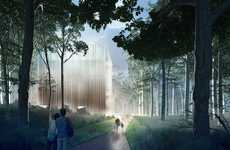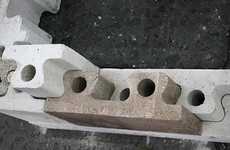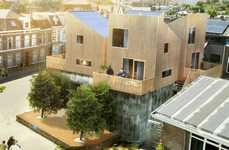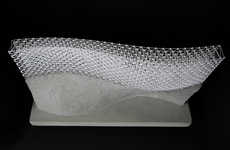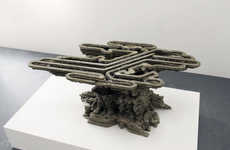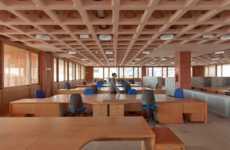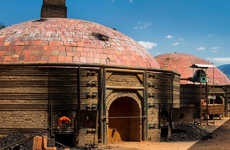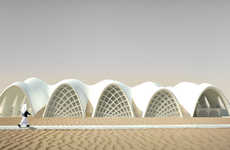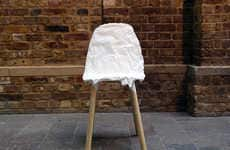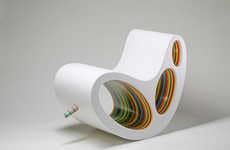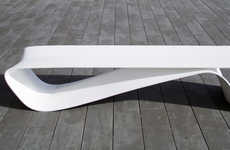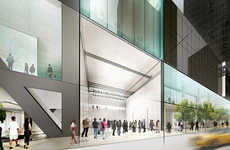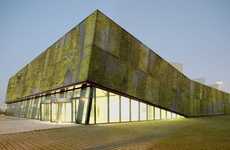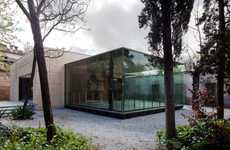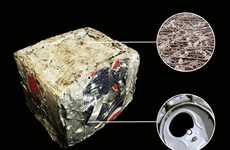
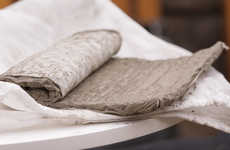
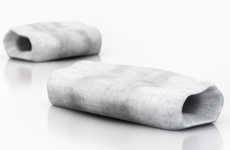

Industrial materials take on more malleability to accommodate today's needs
Implications - Though first and foremost, construction materials must be durable, architectural needs -- whether they be aesthetic or functional -- call for flexibility as well. As a response, more malleable, yet strong materials are being developed. This pursuit of perfection speaks to the nature of progress in the technology-driven world.
Workshop Question - How can your brand combine the necessity of durable business practices, with the flexibility required in a rapidly changing world?
Trend Themes
1. Malleable Materials - The pursuit of flexible yet strong materials continues as more emphasis is on both aesthetic and functional needs.
2. Sustainable Alternatives - Eco-friendly building material gains traction as it is cheaper, stronger and with added benefits such as ease of transport.
3. Computational Design - Collaborative construction through computational design and robot fabrication allows for use of unconventional materials like concrete with sculptural and structural integrity.
Industry Implications
1. Construction Industry - The construction industry can take advantage of the new malleable materials for a variety of applications.
2. Infrastructure Industry - Infrastructure industry can use sustainable alternatives for cost-effective and stronger construction.
3. Architectural Industry - Architectural industry can explore computational design to collaborate on unconventional structures while utilizing concrete for sculptural and structural integrity.
4 Featured, 36 Examples:
344,257 Total Clicks
Date Range:
Mar 15 — Nov 16
Trending:
Warm
Consumer Insight Topics:
